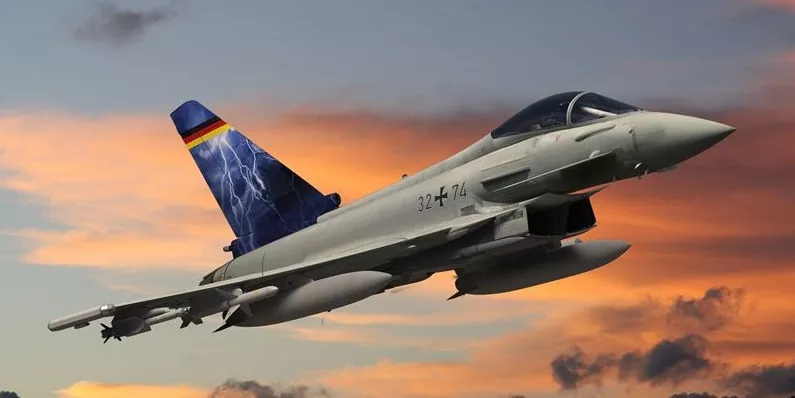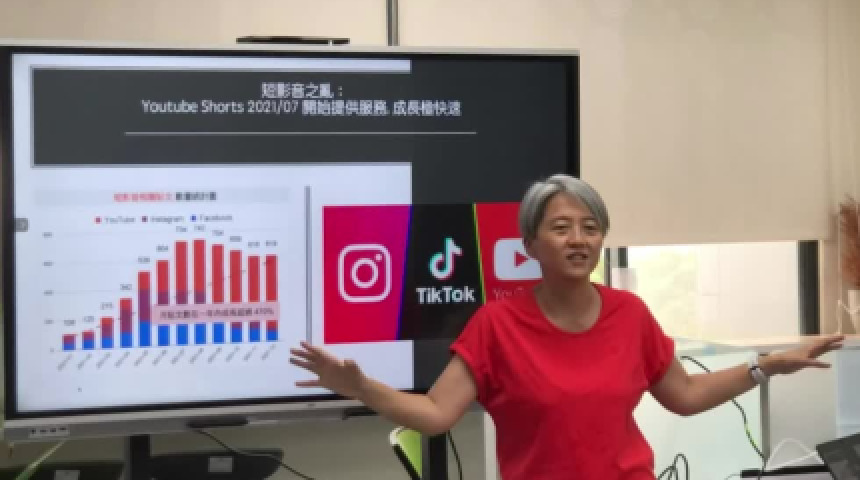Saab 與空中巴士攜手助德國打造「歐洲戰機EK」 強化新世代電戰與防空壓制能力

Arexis電戰感測器系統整合歐洲戰機EK,打造未來「防空壓制」(SEAD)戰力(示意圖片取自Airbus網站)
瑞典防務大廠 Saab 近日宣布獲得空中巴士(Airbus)重大合約,將為德國空軍「歐洲戰機EK」電戰型提供先進的 AREXIS 電子戰感測器系統。此舉旨在強化德國未來的「防空壓制」(SEAD)能力,並逐步取代老舊的「龍捲風ECR」電戰機隊。
Sweden’s defense company Saab has secured a major contract from Airbus to supply its AREXIS electronic warfare (EW) sensor system for Germany’s future Eurofighter EK variant. The effort aims to enhance Germany’s Suppression of Enemy Air Defenses (SEAD) capability and eventually replace the aging Tornado ECR fleet.
合約內容
Saab 表示,此次合作包含兩份主要合約:第一份價值 2.91 億歐元(約新台幣 105 億元),負責採購 AREXIS 電戰感測器;第二份價值 2.58 億歐元,將與德國 Helsing 公司整合人工智慧(AI)技術,進一步升級 AREXIS 效能,使未來的「歐洲戰機EK」具備更強的電磁頻譜作戰能力。
Saab noted that the contract consists of two major components: a €291 million agreement for the procurement of AREXIS sensors, and a second €258 million contract to integrate Helsing’s artificial intelligence (AI) technologies. Together, these upgrades will significantly enhance the Eurofighter EK’s electromagnetic spectrum warfare capabilities.
電戰能力與系統特性
報導指出,德國空軍已確定選用 Saab 的 AREXIS 感測器作為 Eurofighter 平台電戰任務的核心。AREXIS 將佈署在「歐洲戰機EK」翼端,透過超寬頻接收器與數位射頻記憶(DRFM)技術,截收與分析敵方雷達訊號,再由 AI 軟體進行頻譜判讀與威脅定位,可快速執行干擾、欺敵或精準打擊等任務,大幅提升 SEAD 作戰效率。
According to the report, the German Air Force selected Saab’s AREXIS sensors as the core of the Eurofighter EK’s EW mission suite. Mounted on the aircraft’s wingtips, AREXIS employs ultra-wideband receivers and Digital Radio Frequency Memory (DRFM) technology to detect and analyze hostile radar emissions. AI-driven software then interprets the spectrum data to identify and locate threats, enabling rapid jamming, deception, or precision-strike responses—greatly improving SEAD mission effectiveness.
專案進度與未來交付
Saab 表示,這項計畫是去年初始合約的延伸,未來將持續與空巴合作,加速完成 AREXIS 與歐洲戰機平台的整合與測試。系統預計自今年底起陸續交付,並持續至 2028 年,協助德國空軍建構下一代防空壓制戰力。
Saab added that the effort is an extension of its initial agreement signed last year. The company will continue partnering with Airbus to accelerate integration and testing of AREXIS on the Eurofighter platform. Deliveries are expected to begin later this year and continue through 2028, strengthening Germany’s next-generation SEAD capability.




回應文章建議規則: